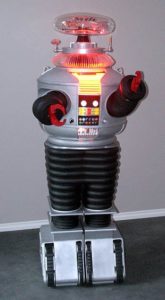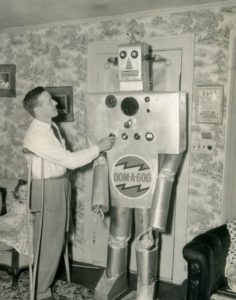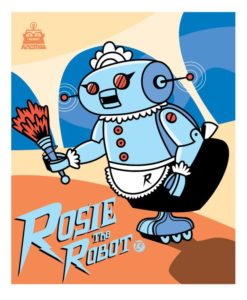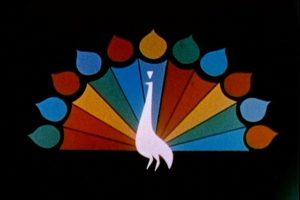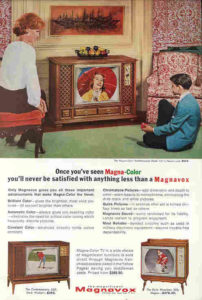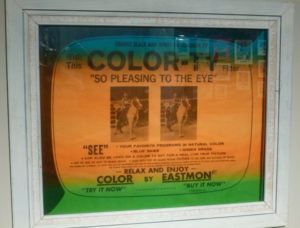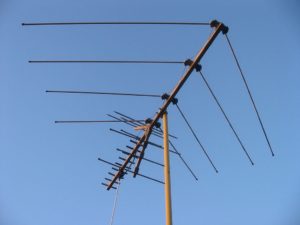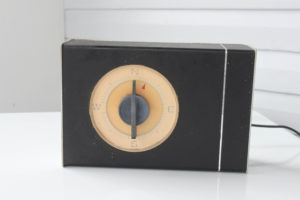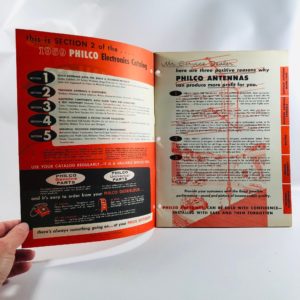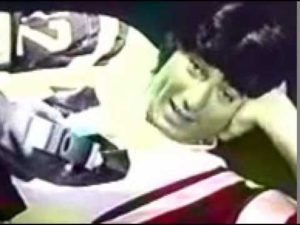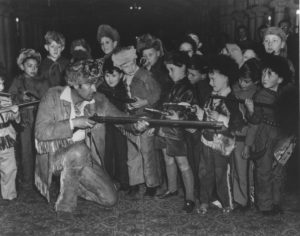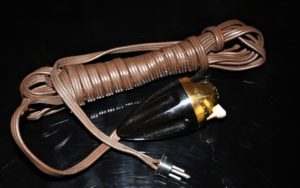
We Boomers are buried in gadgets, as are all other generations running around in the early 21st century. In ten years, I’ve gone from reluctantly carrying a (heavy brick) cell phone to proudly sporting an Android phone that is more of a computer/multimedia center than anything else. We’ve seen TV’s go from huge boxes with tiny black and white picture tubes that cost a month’s worth of wages to inexpensive lightweight flat-panel screens with enough resolution to allow us to count every nose hair on our favorite actors’ visages. Our fathers would rejoice if they could cajole 100,000 miles out of a car without major engine and/or transmission work, my wife’s Camry is about to cross that hurdle and my only concern is whether it springs any microscopic oil leaks over the next few years.
Last night, while switching channels on my nice new 32″ high-def I have in my bedroom, it occurred to me what a sweet little device the TV remote has become, and how important it now is for our day-to-day activities.
The inventor of the device that would ultimately allow us to switch from USA to ESPN was, as you might have guessed (not!), the great Nikola Tesla.
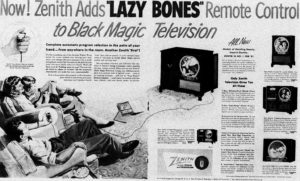
The much-maligned inventor, who was always getting upstaged by more ruthless rivals, in 1898 demonstrated a device which would remotely control a powered model boat.
The remote that Tesla demonstrated used radio waves, and its principle would go on to power other models, particularly airplanes and cars.
In 1950, Zenith began selling TV’s that came with “Lazy Bones” controllers, which allowed fathers to switch channels with lots of clicks and gear noises, as the big dial on the TV would rotate its way to the requested spot. The remote itself quickly became known as the “clicker” due to its own loud action.
The Lazy Bones was connected to the TV via a wire. it wasn’t until 1955 that wireless remotes became available. The “Flashmatic” used simple light to trigger a photocell on the idiot box, which unfortunately could be triggered by any other visible light that was shined directly at it.
In 1956, the “Zenith Space Command” was invented, using high-frequency sound to do the job. One downside was that all sorts of ultrahigh frequency sounds were present in the world, and they could switch your channels without your input. Another was that the remote would drive your dogs crazy!
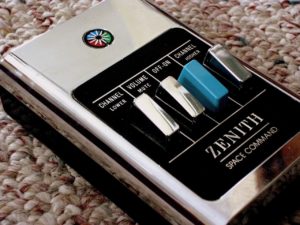
Remote-controlled TV’s were a very pricey item. It took the addition of six vacuum tubes to allow the fancy wireless remotes to do their thing. It wasn’t until 1960 that TV remotes became much more affordable. That was because transistors became popular in replacing the expensive, short-lived tubes. But amazingly, the ultrasonic remote control would continue to dominate until the early 80’s.
In 1980, a Canadian company was formed called Viewstar, Inc. They began marketing a cable TV box that came with a revolutionary remote control which operated on infrared light rather than super-high sound frequencies.
It was an instant hit, and there must be a special shrine in doggy heaven for engineer Paul Hrivnak, the mastermind behind the new device, which would allow TV channels to be changed without filling the ether with noise pollution.
Nowadays, it’s difficult to picture a world where the TV, the cable box, the DVD player, etc. would have to be manually operated. Many of us use a single remote which performs a variety of functions and which controls a plethora of devices.
In our childhoods, however, it was a rare and amazing sight to see an individual, a “Lazy Bones” if you will, operate a television with a clicker.
